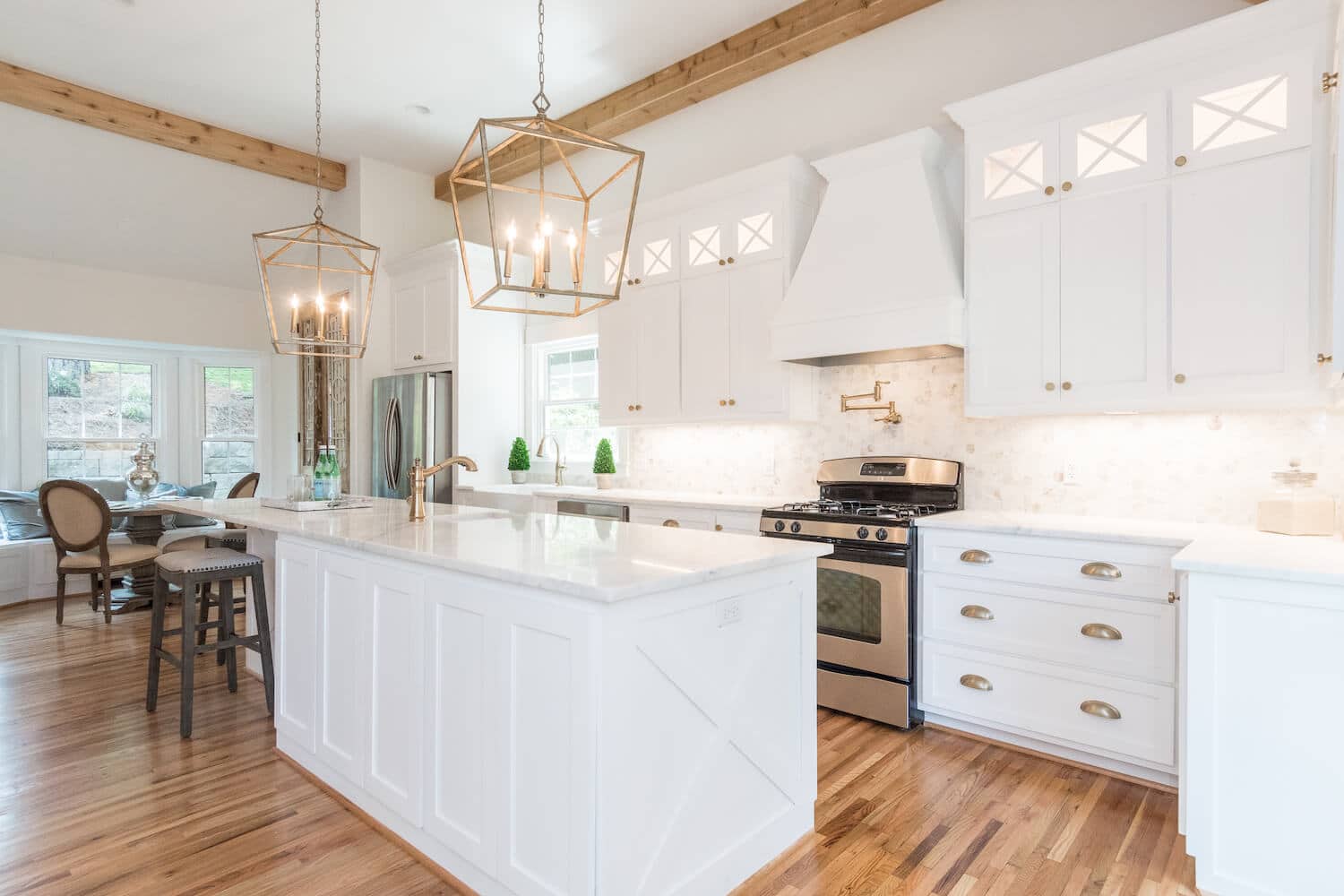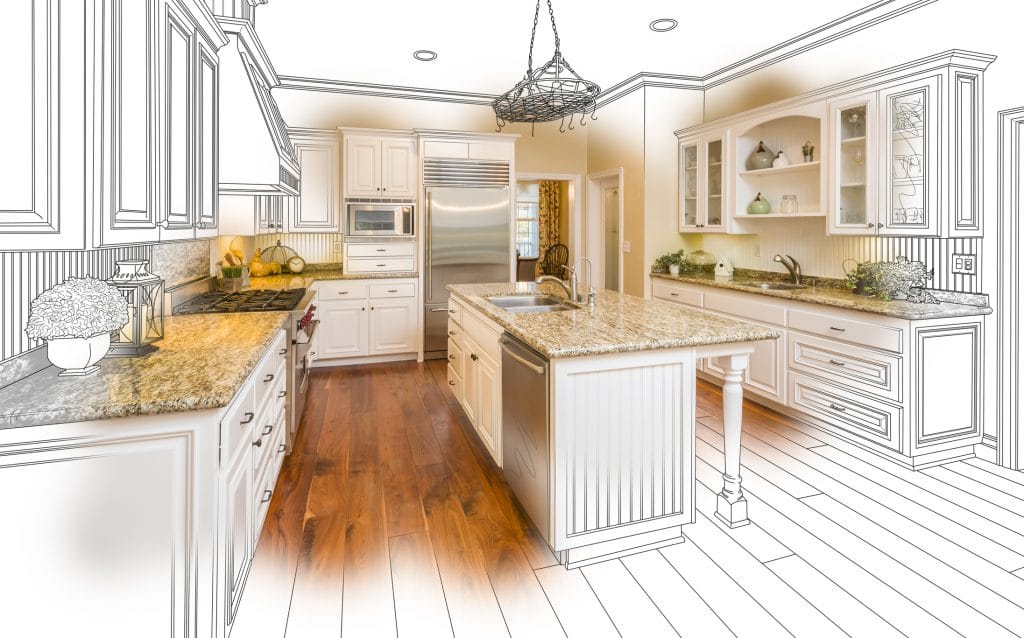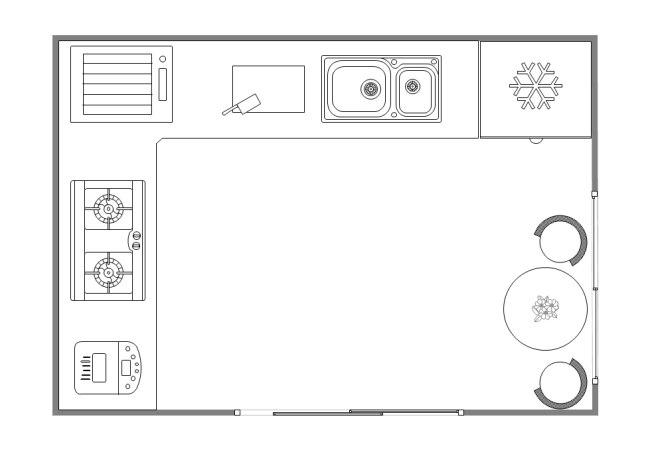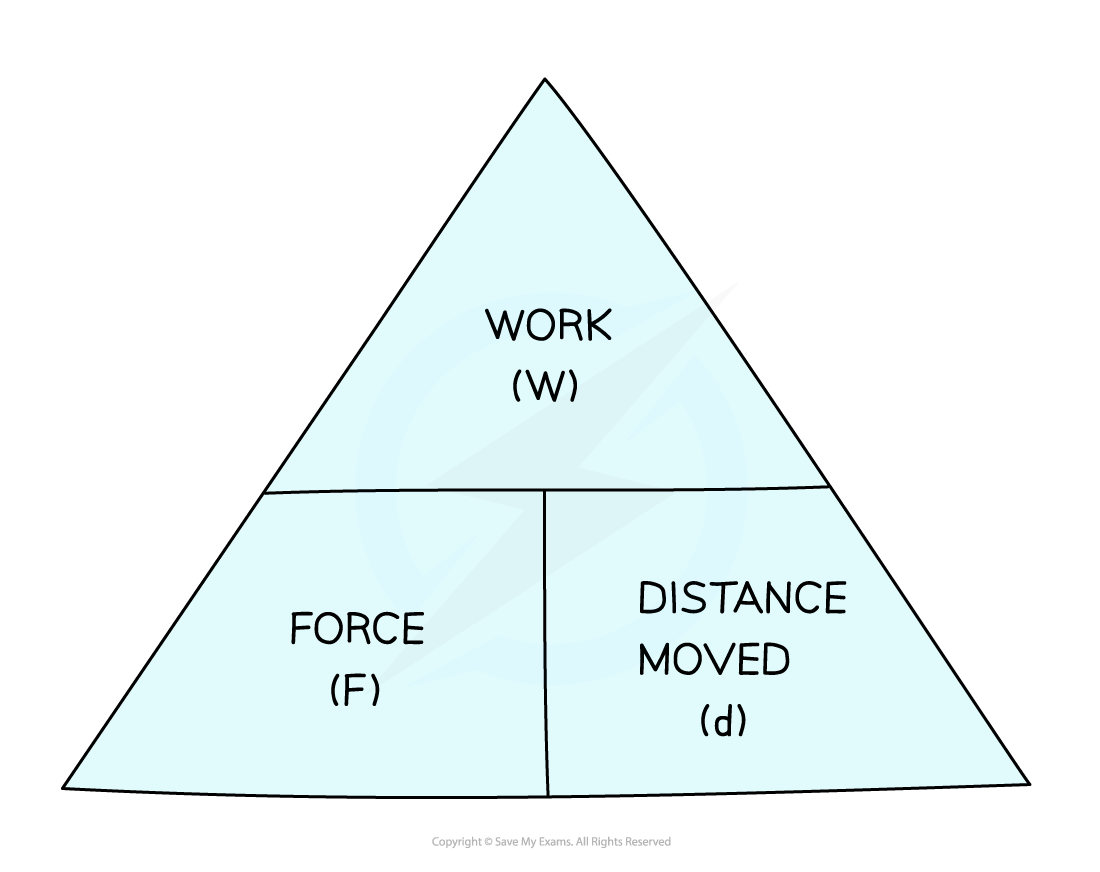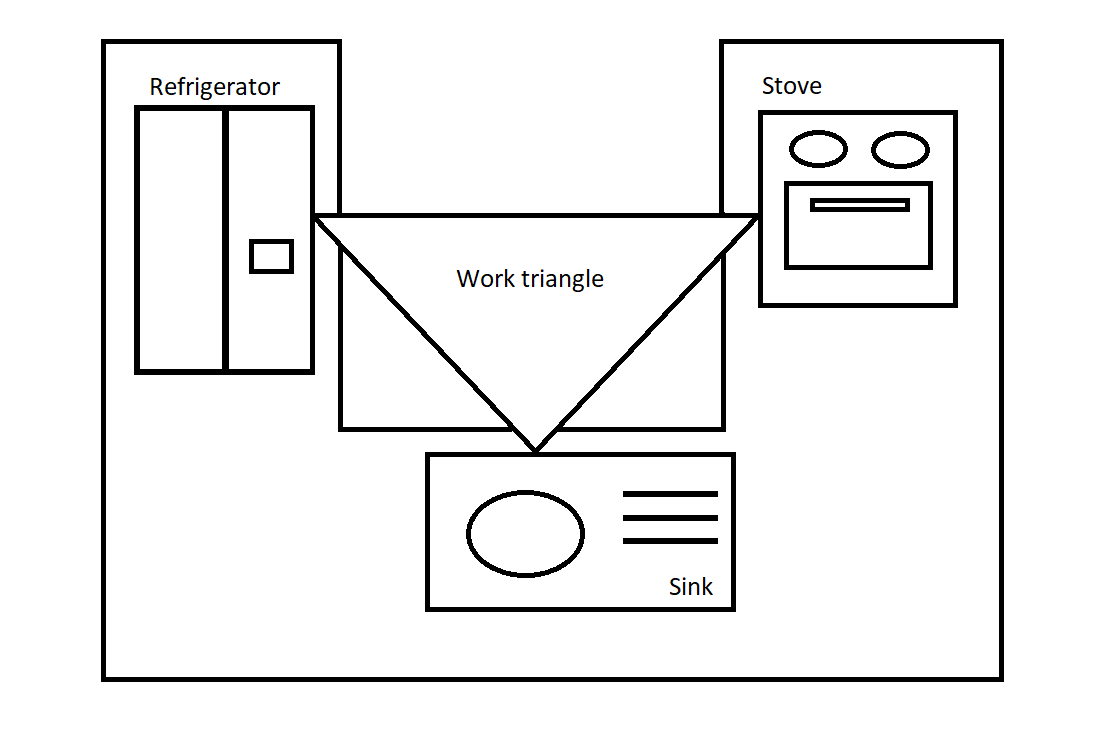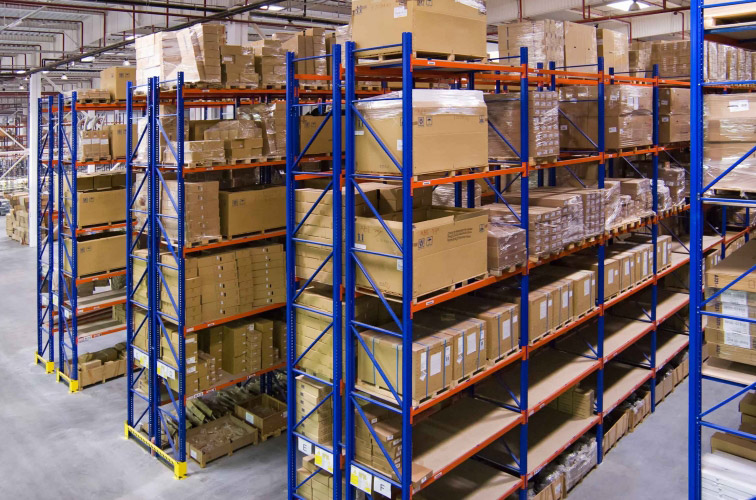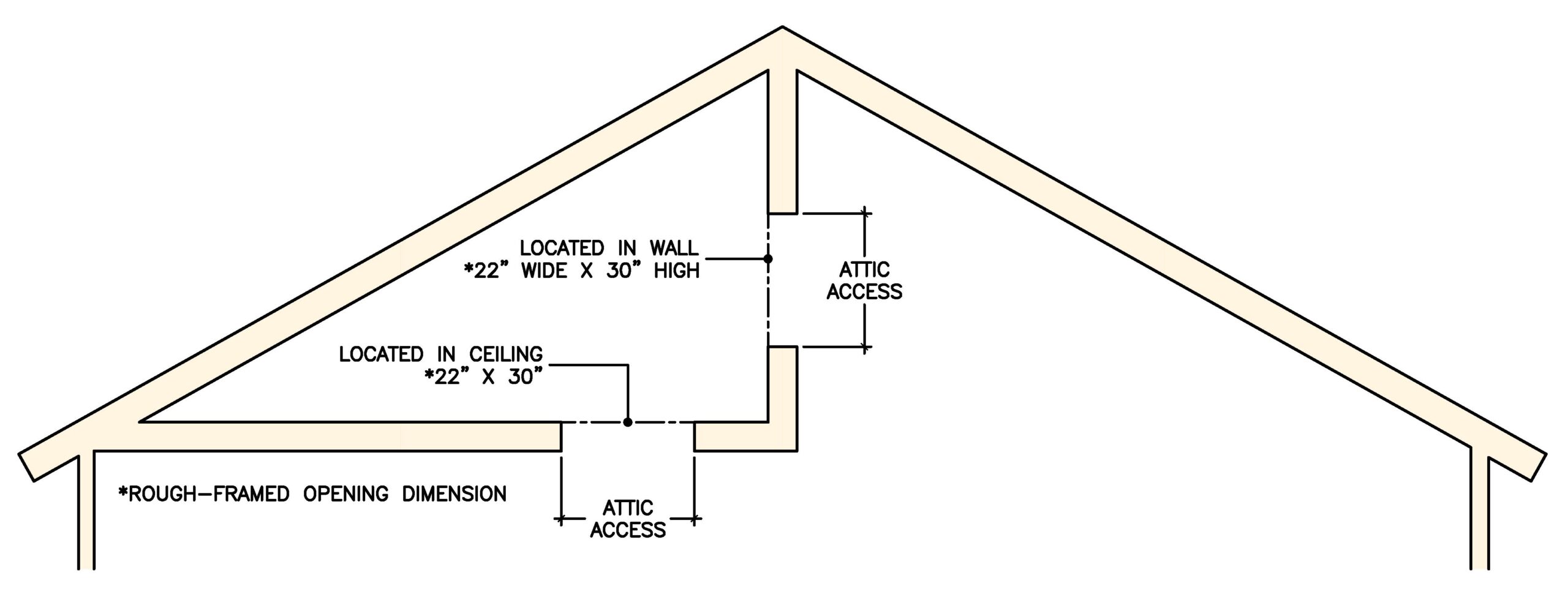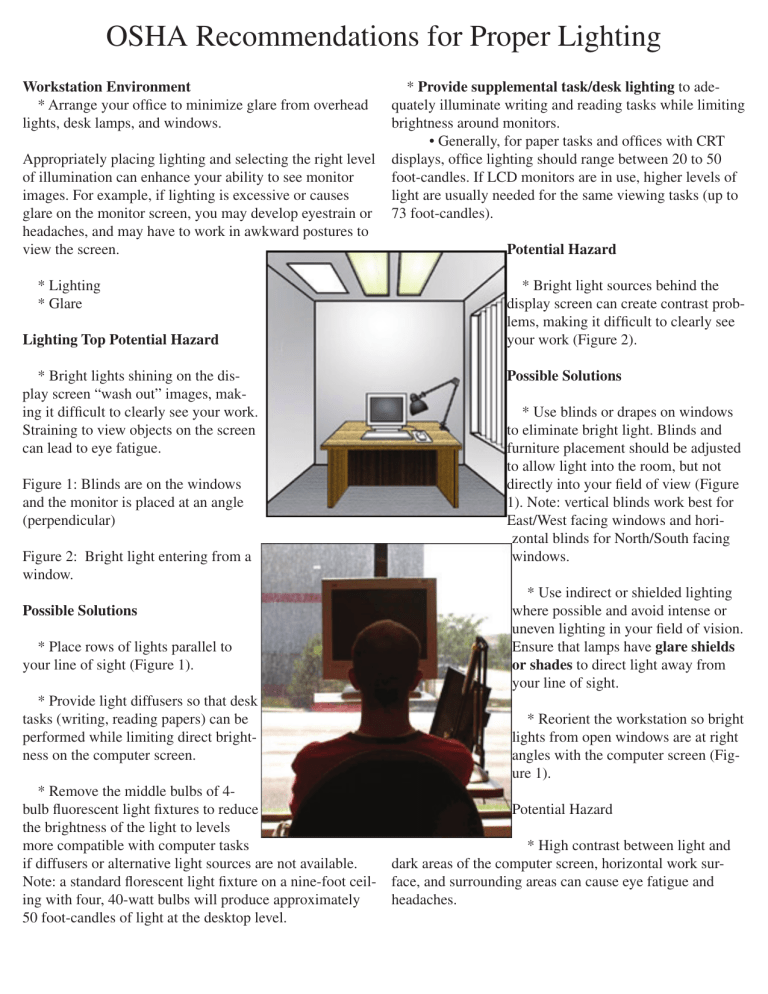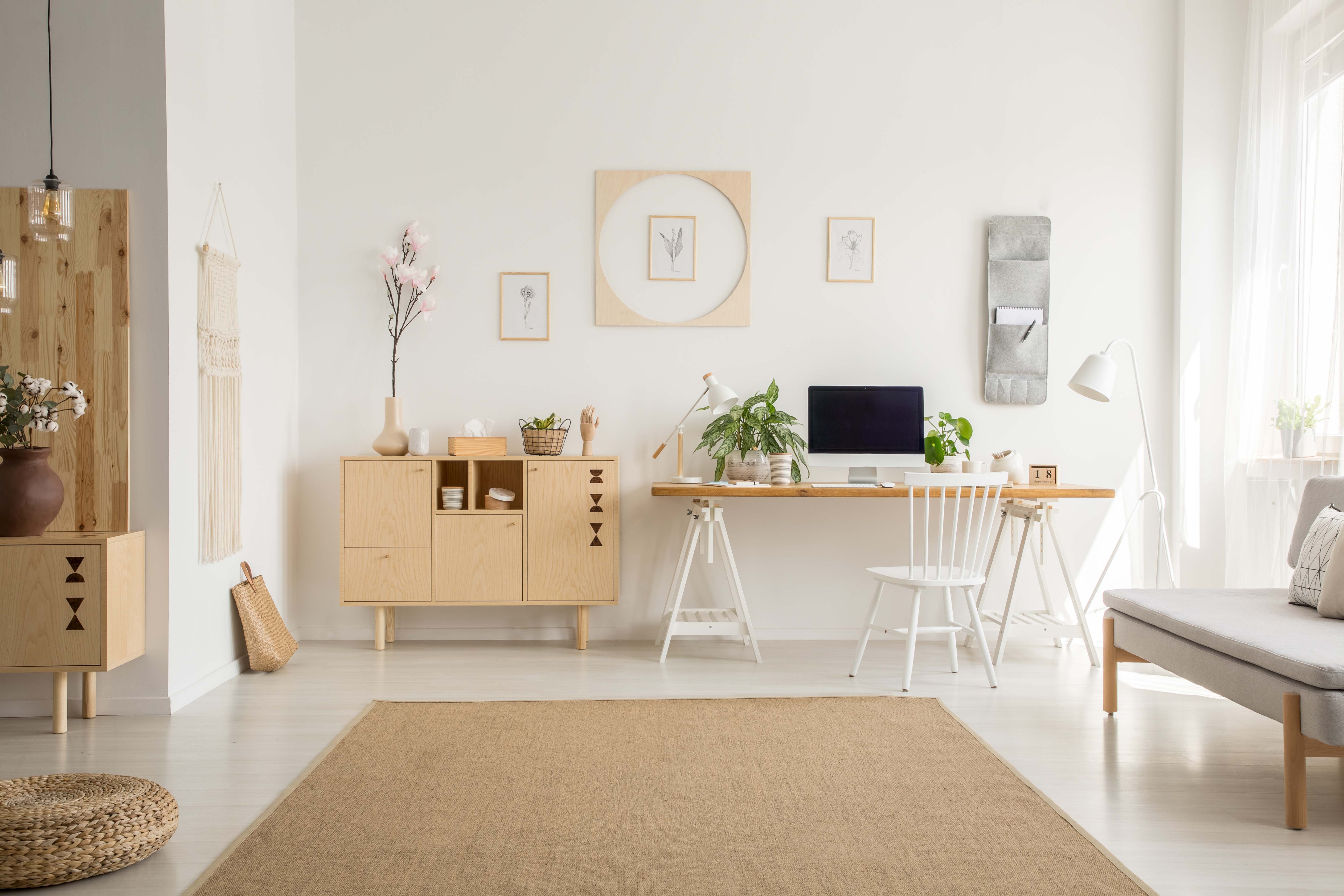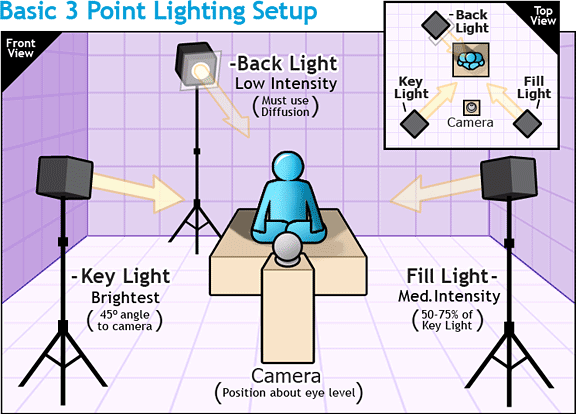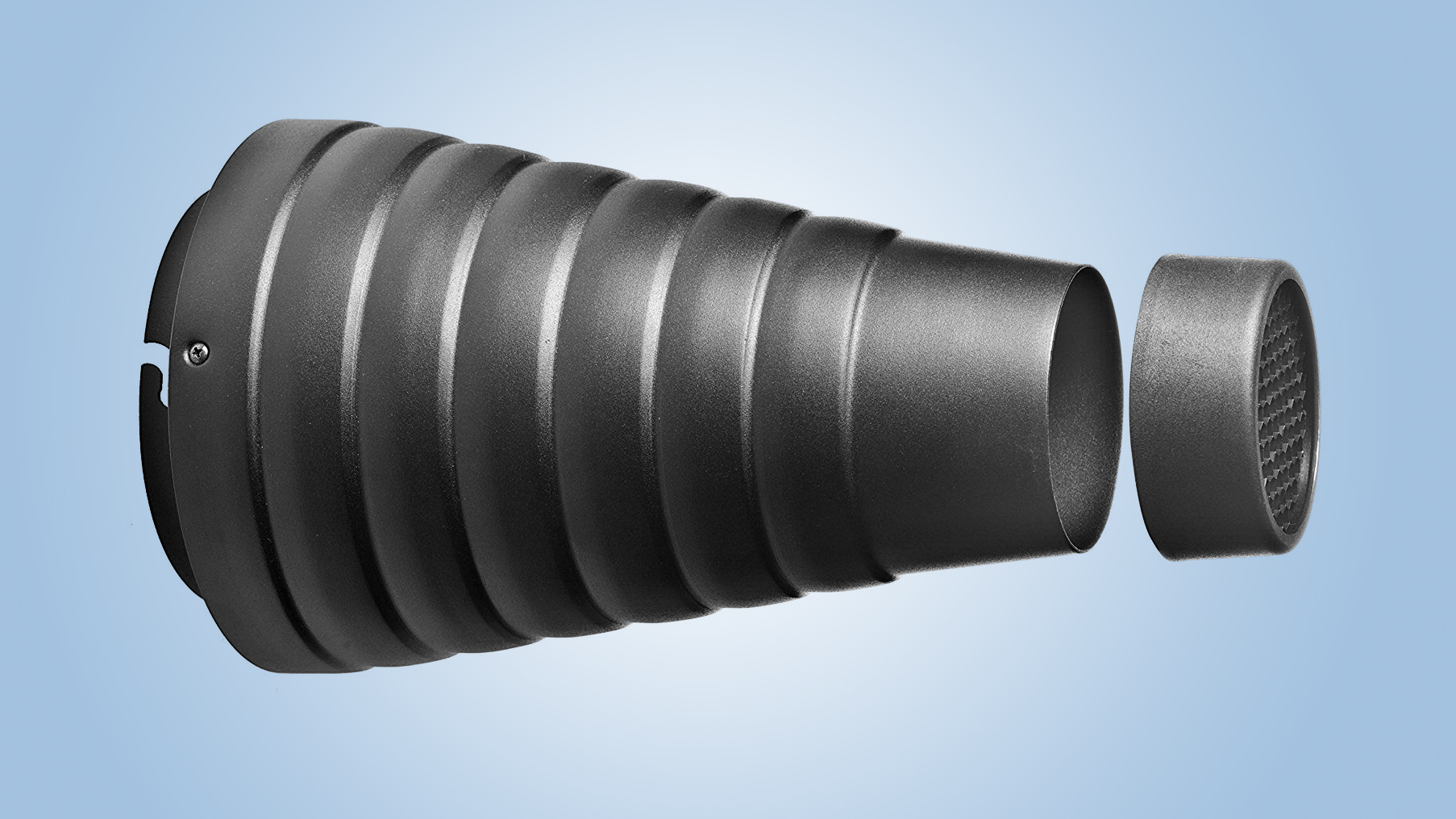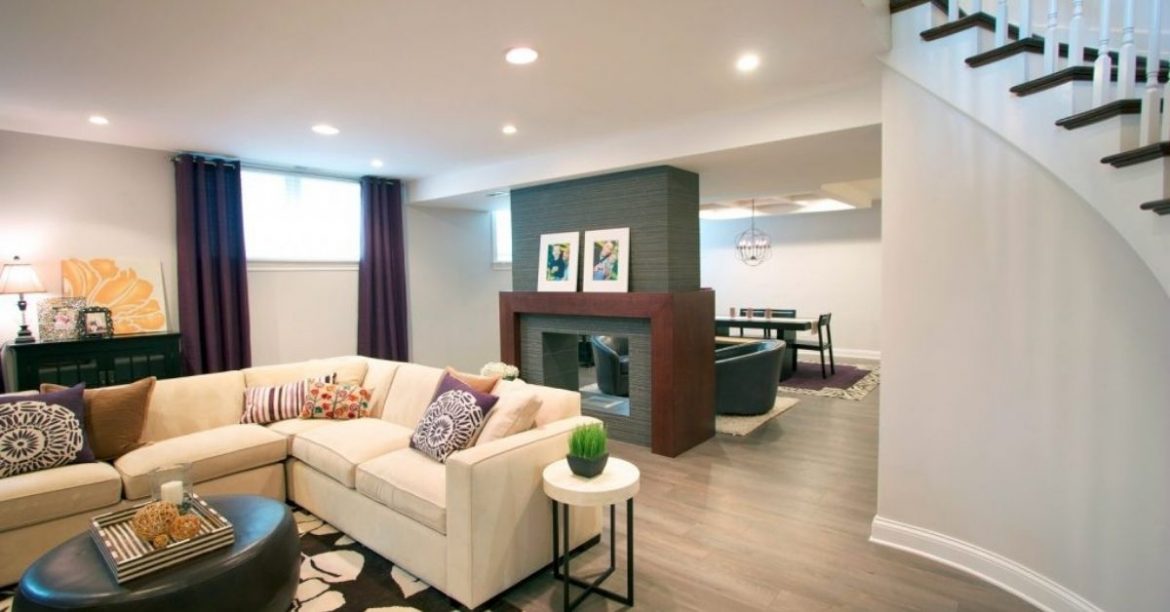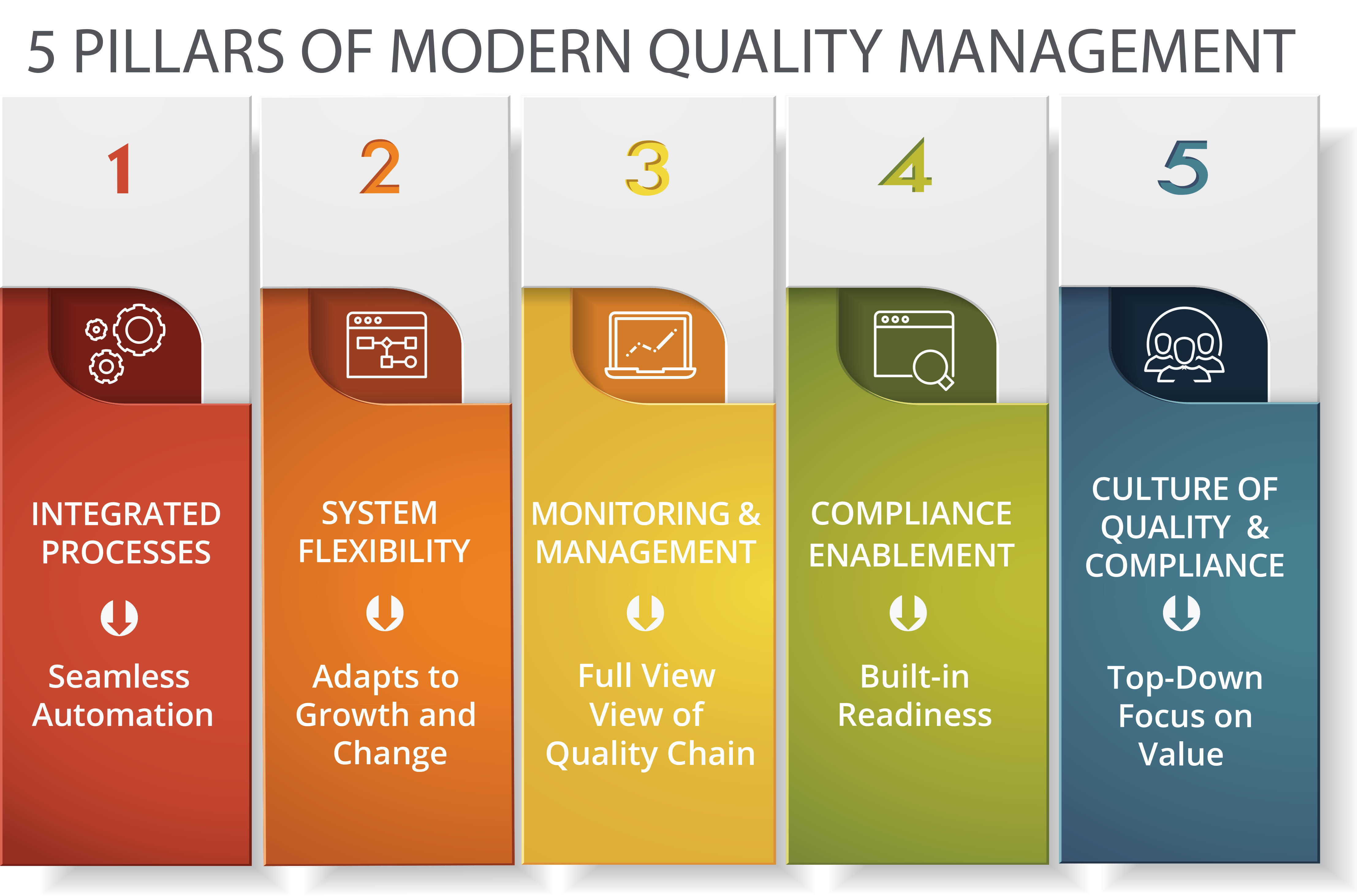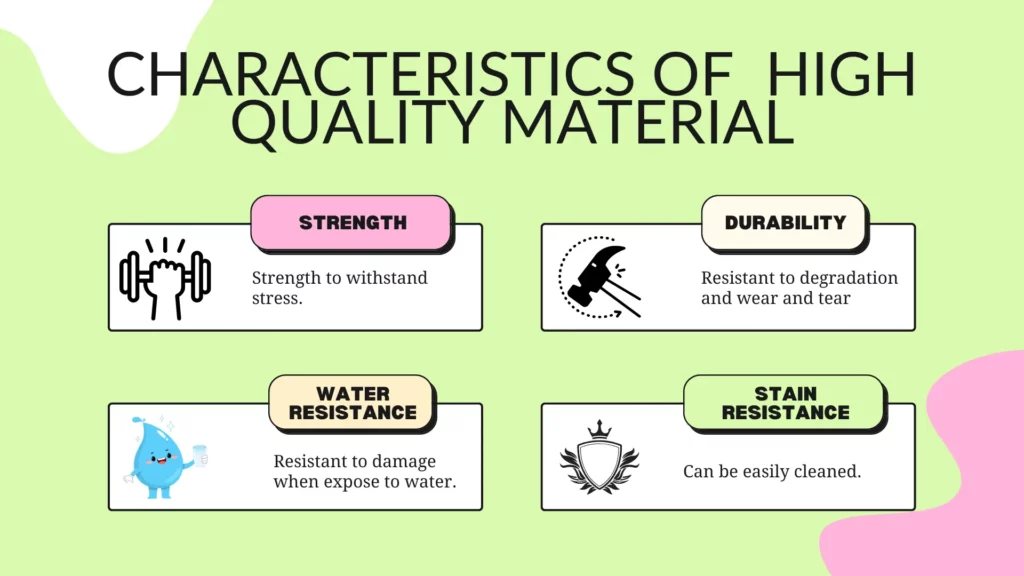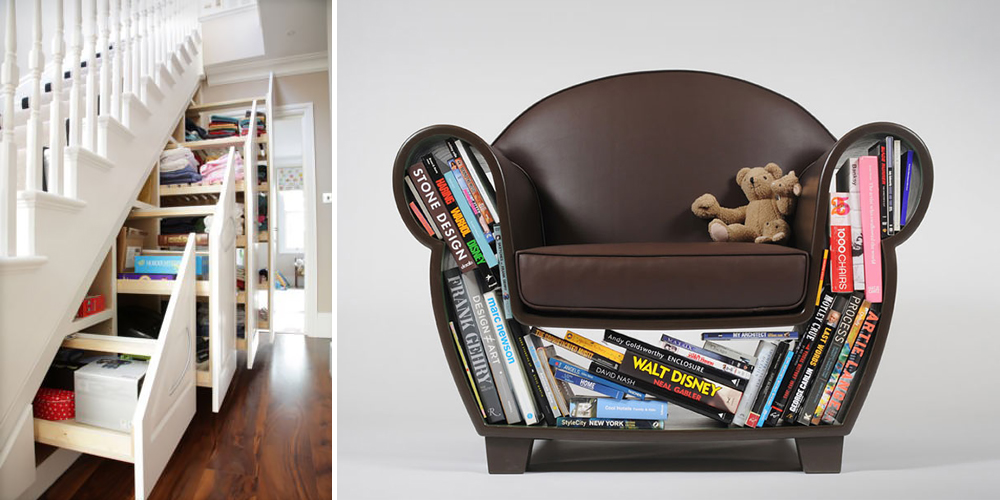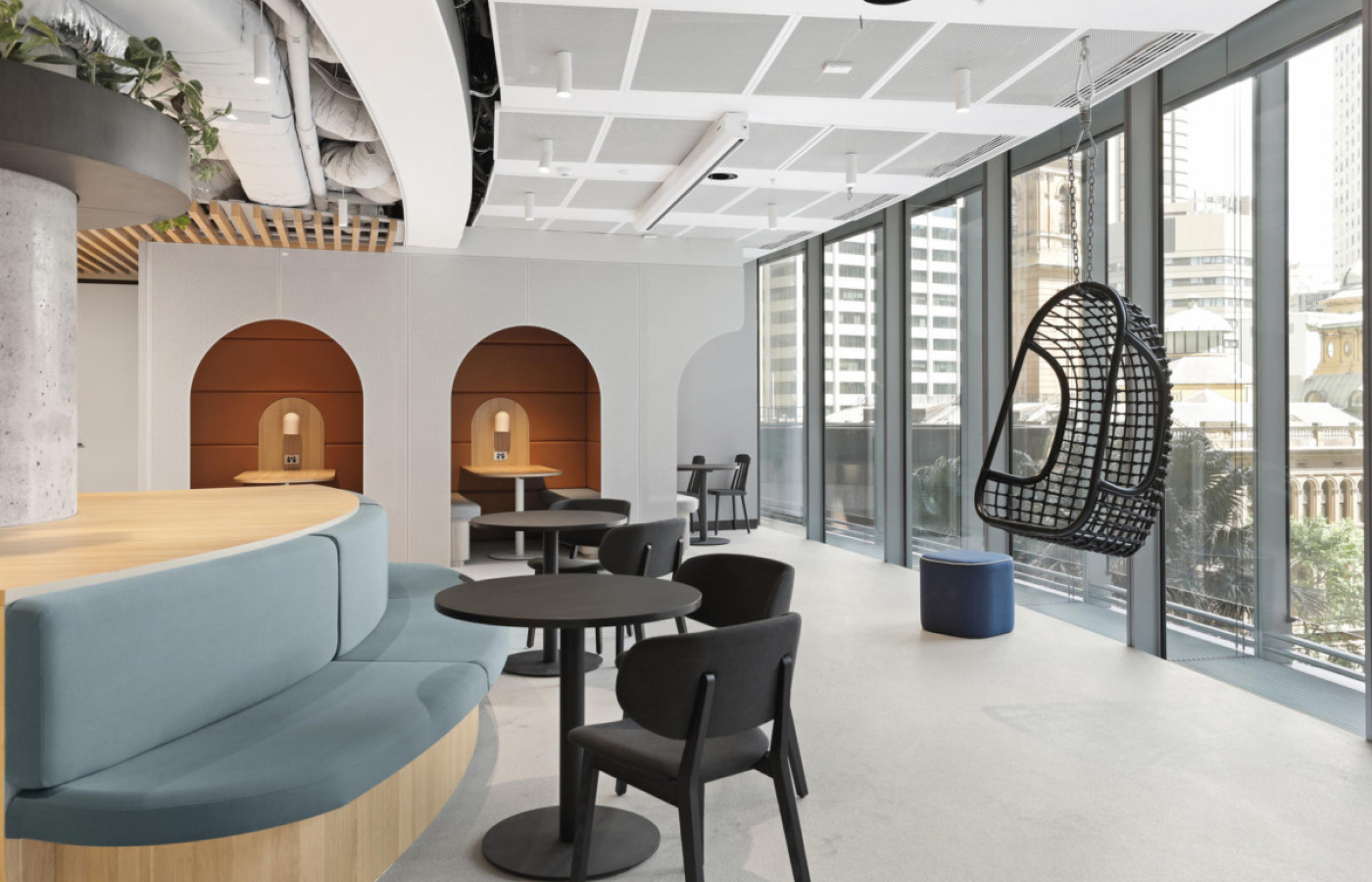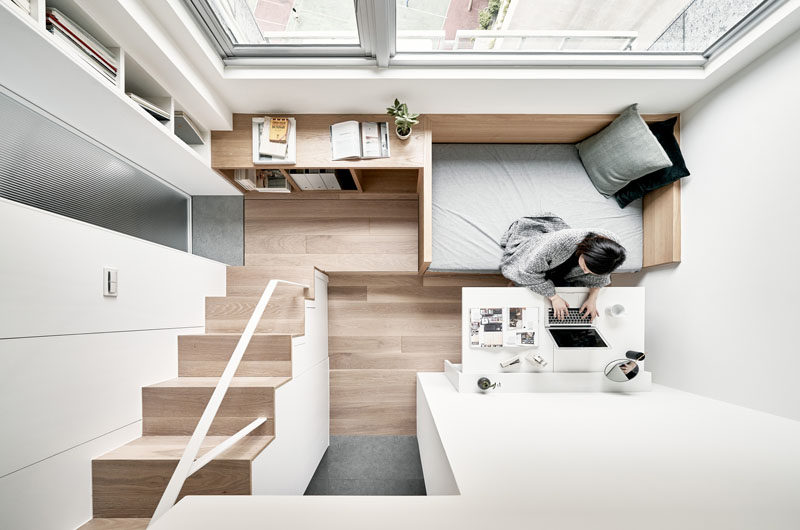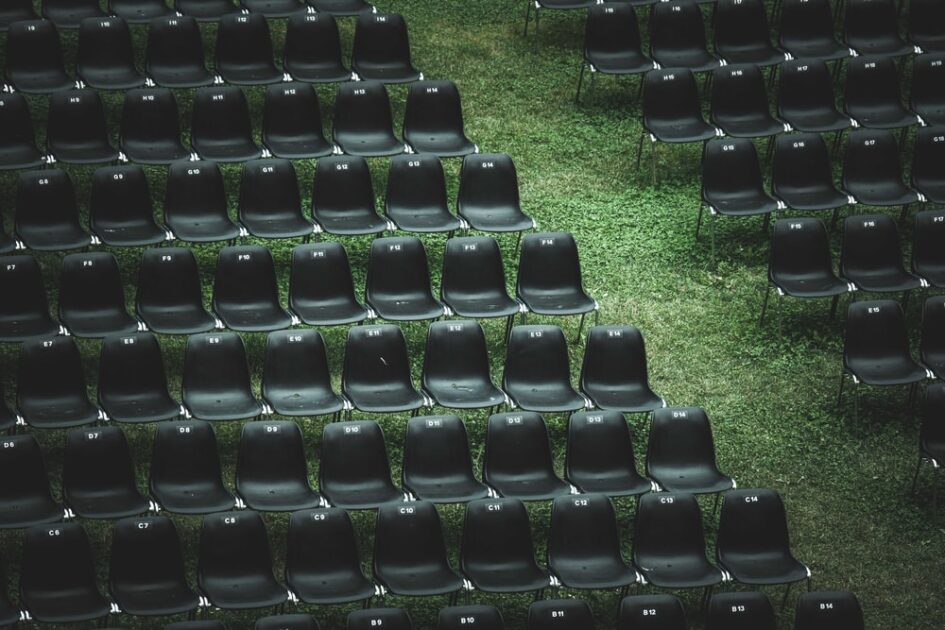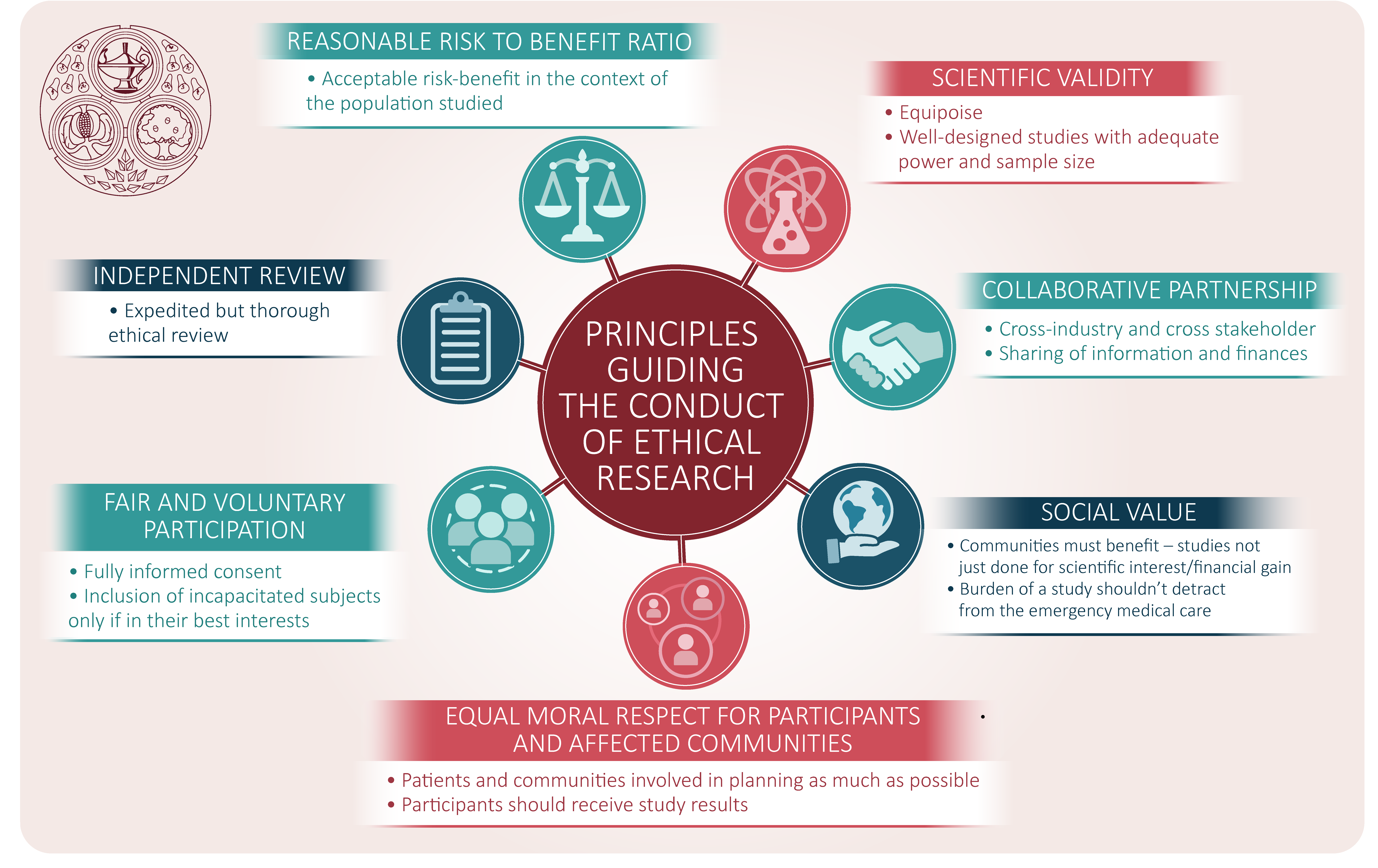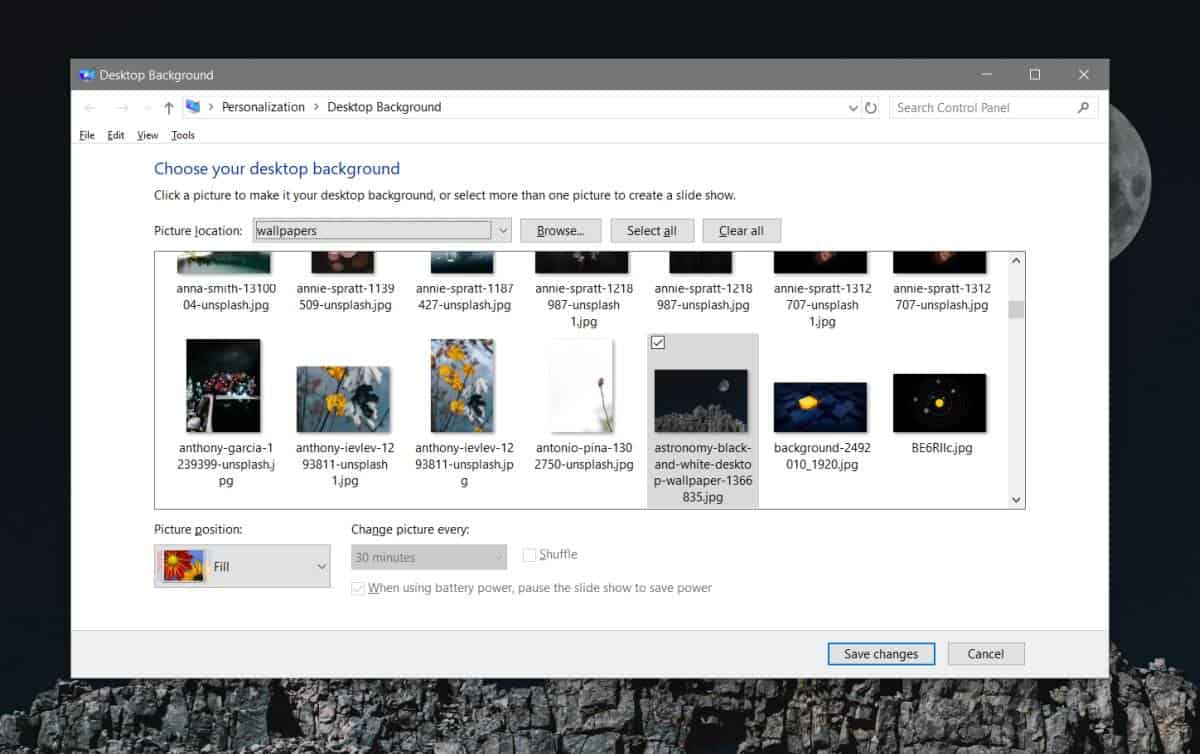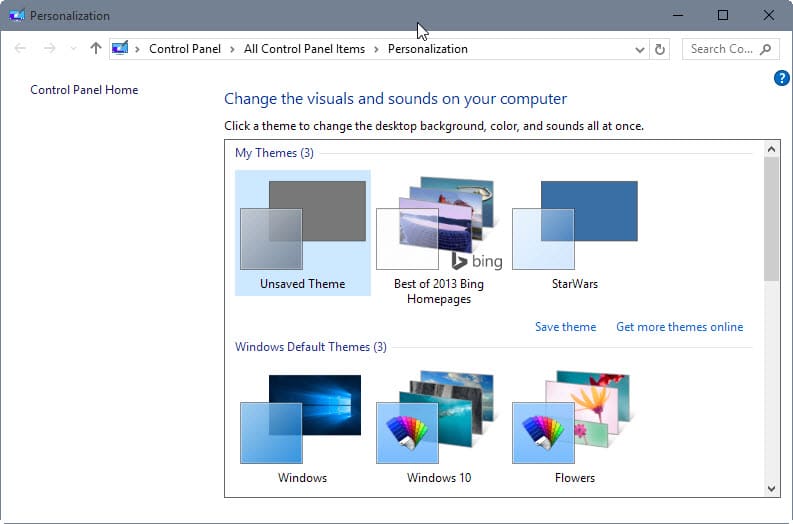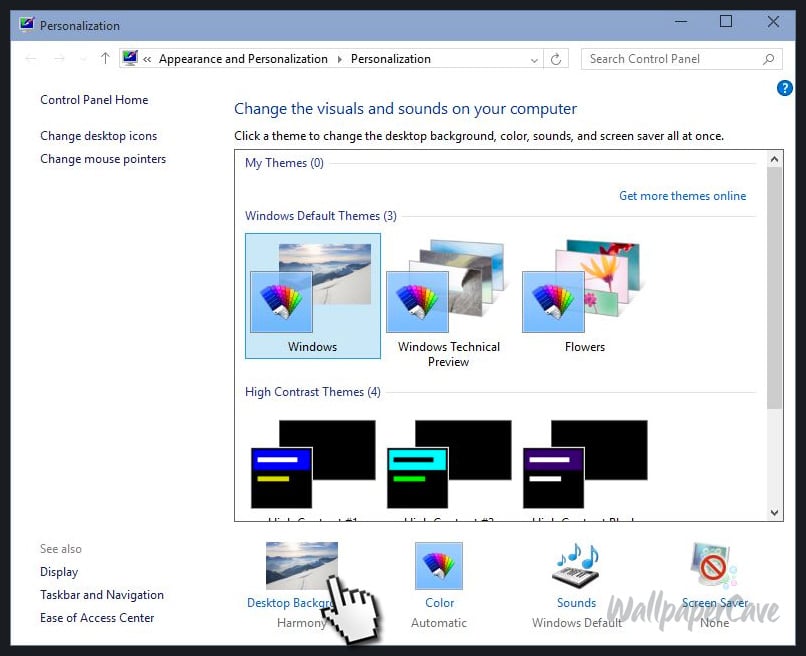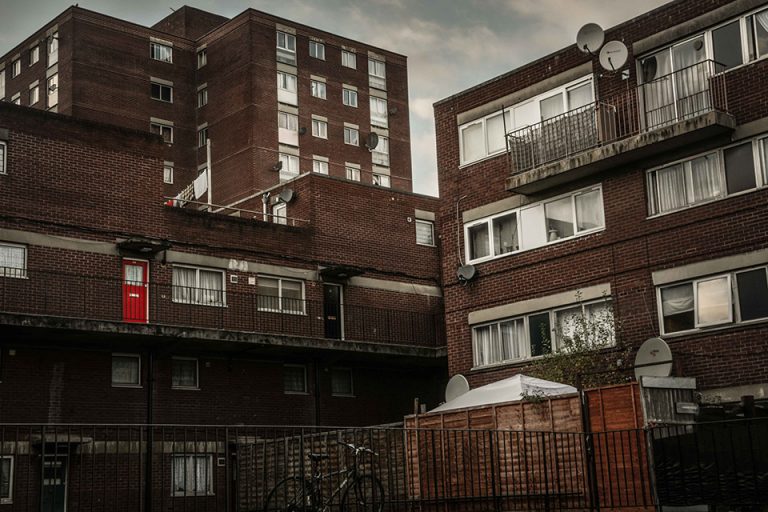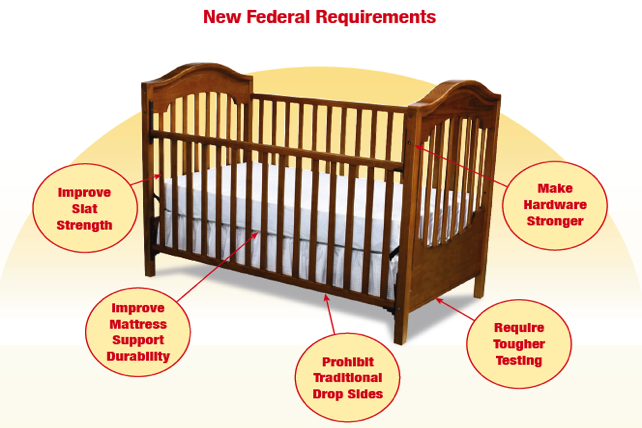1. Kitchen Layout
The first and most important rule of good kitchen design is to have a well-planned and functional layout. This means considering the placement of key elements such as the stove, sink, and refrigerator in relation to each other. The layout should also allow for easy movement and accessibility while cooking and preparing meals.
2. Work Triangle
The concept of the work triangle is essential for a well-designed kitchen. This refers to the imaginary triangle formed between the stove, sink, and refrigerator, which should be easily accessible to each other. This allows for a smooth flow of movement and efficient use of space while cooking.
3. Adequate Storage
Another crucial aspect of a good kitchen design is having enough storage space. This includes both cabinets and drawers for storing cooking utensils, pots and pans, and food items. Adequate storage not only keeps your kitchen organized but also minimizes clutter on countertops, making it easier to work in the kitchen.
4. Proper Lighting
Lighting plays a significant role in both the functionality and aesthetics of a kitchen. Natural light should be maximized through windows and skylights, and artificial lighting should be strategically placed to provide sufficient illumination for cooking and other tasks. Under-cabinet lighting is also a great way to add both functional and ambient lighting to the kitchen.
5. Quality Materials
Investing in quality materials for your kitchen design is always a wise choice. This includes durable and easy-to-clean countertops, high-quality cabinets and drawers, and sturdy flooring. Not only will these materials last longer, but they will also add a touch of luxury and sophistication to your kitchen.
6. Efficient Use of Space
When designing a kitchen, it is essential to make the most out of the available space. This can be achieved by using clever storage solutions, such as pull-out pantries and corner cabinets, and opting for multi-functional appliances. Utilizing vertical space with tall cabinets or shelves can also maximize storage space in a small kitchen.
7. Safety Considerations
Safety should always be a top priority in any kitchen design. This includes installing proper ventilation to remove smoke and fumes, using non-slip flooring, and ensuring that electrical outlets are placed away from water sources. It is also important to have a fire extinguisher and smoke detector in the kitchen for any emergencies.
8. Easy to Clean
A good kitchen design should be easy to clean and maintain. This means choosing materials and finishes that are resistant to stains, scratches, and water damage. Smooth and non-porous surfaces, such as quartz countertops, are also easier to clean and keep bacteria-free compared to textured or porous materials.
9. Functional Design
Functionality should always be the main focus when designing a kitchen. This means considering the needs and habits of the people who will be using the kitchen and designing accordingly. For example, if you have a large family, a double sink might be more practical than a single one, and a kitchen island can provide extra workspace and storage.
10. Personalization
Last but not least, a good kitchen design should reflect your personal style and preferences. Whether you prefer a traditional, modern, or eclectic design, make sure to incorporate elements that make the space feel like your own. This could be through the use of color, texture, or decorative elements that reflect your personality and make the kitchen feel like a warm and inviting space.
In conclusion, following these 10 main rules of good kitchen design will help you create a functional, beautiful, and personalized space that you will love spending time in. Remember to consider the layout, work triangle, storage, lighting, materials, space utilization, safety, and ease of cleaning when designing your dream kitchen. With the right balance of these elements, you can create a kitchen that not only looks great but also works efficiently for your daily cooking needs.
The Importance of Efficient Kitchen Design
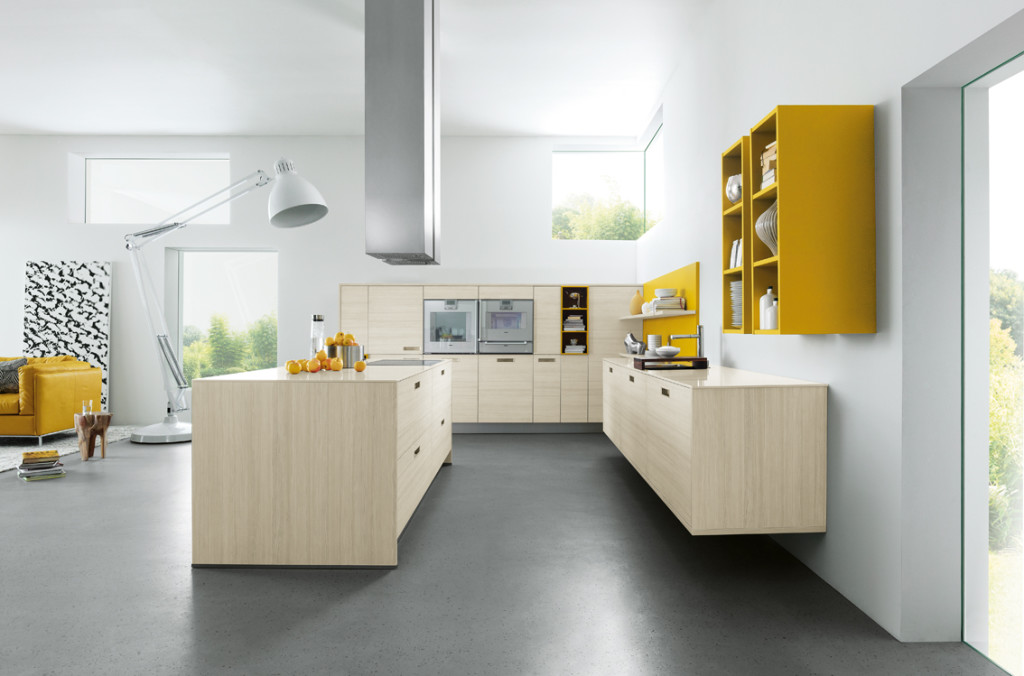
Designing a kitchen is not just about making it look aesthetically pleasing, but also about creating a functional and efficient space. The rule of good kitchen design is crucial in ensuring that your kitchen is a place where you can cook, entertain and spend time with your loved ones with ease. Here are some key elements to keep in mind when designing your dream kitchen.

One of the most important considerations in good kitchen design is ergonomics . This refers to the study of efficiency and comfort in the workplace, and it plays a significant role in kitchen design. A well-designed kitchen should have a layout that allows for easy movement and access to all necessary areas, such as the refrigerator, sink, and stove. The work triangle is a popular concept in kitchen design, where the three main work areas (cooking, cleaning, and storage) are arranged in a way that minimizes steps and maximizes efficiency.
Another crucial aspect of good kitchen design is storage . A cluttered kitchen can hinder your cooking process and make it difficult to find what you need. Therefore, it is essential to incorporate enough storage space in your kitchen design. This can include cabinets, drawers, and pantry space. Consider your cooking habits and the types of items you need to store to determine the best storage solutions for your kitchen.
Lighting is often an overlooked element in kitchen design, but it can make a significant difference in the functionality and ambiance of the space. Natural light is ideal, so try to incorporate windows or skylights in your kitchen design. In addition, make sure you have adequate lighting in the cooking and prep areas, as well as ambient lighting for a warm and inviting atmosphere.
Lastly, materials and finishes are crucial in creating a functional and visually appealing kitchen. Consider the durability and practicality of materials such as countertops, flooring, and backsplash when making design choices. Additionally, choose finishes that complement each other and tie the overall design of your kitchen together.
In conclusion, following the rule of good kitchen design is essential in creating a space that is both beautiful and functional. By keeping ergonomics, storage, lighting, and materials in mind, you can design a kitchen that meets your needs and makes cooking a pleasure. Remember to also consider your personal style and preferences to create a space that truly reflects you and your family's lifestyle.



/One-Wall-Kitchen-Layout-126159482-58a47cae3df78c4758772bbc.jpg)


